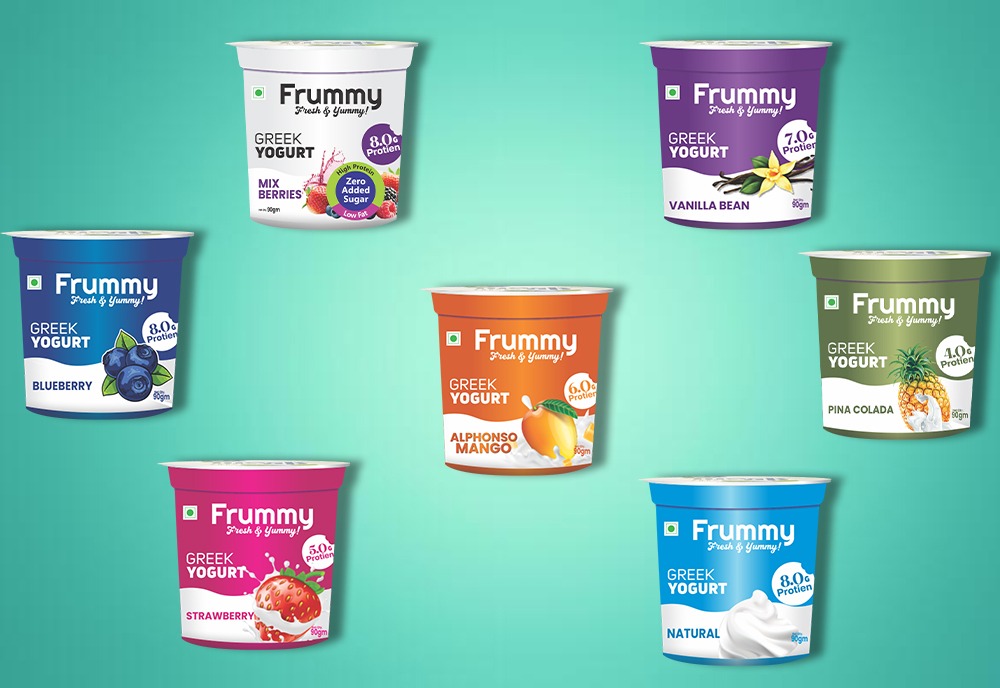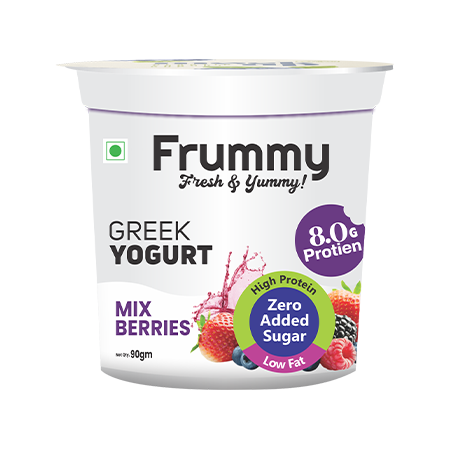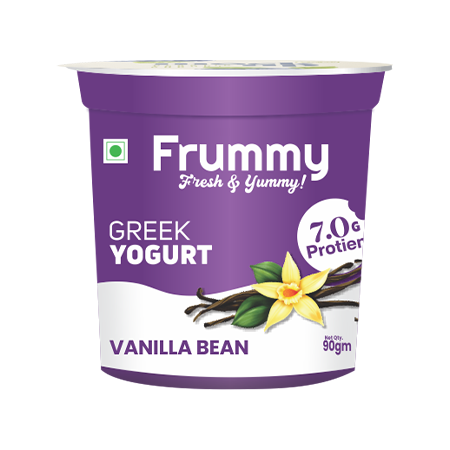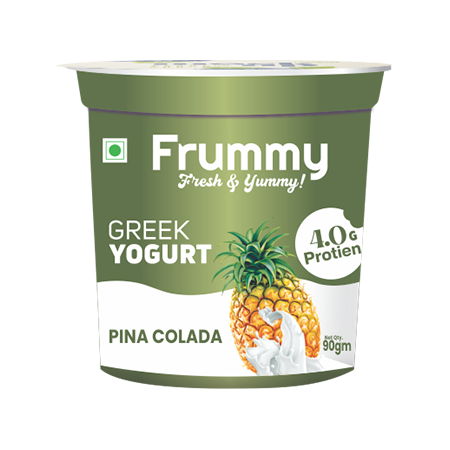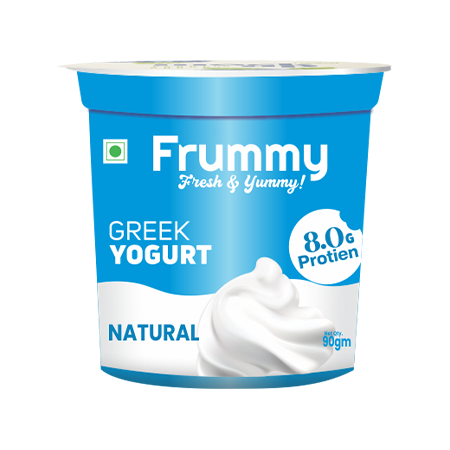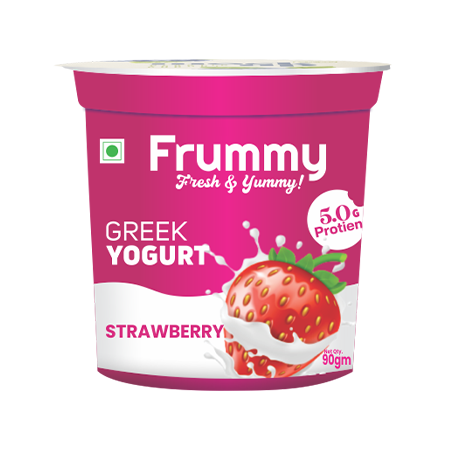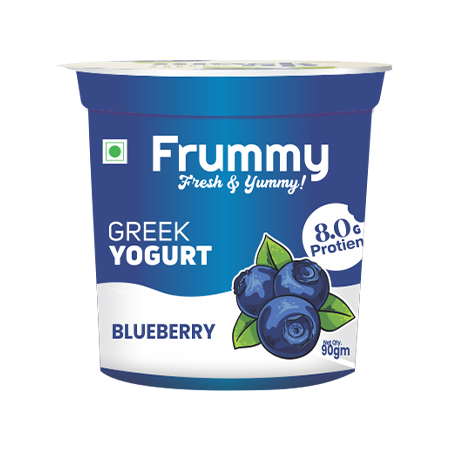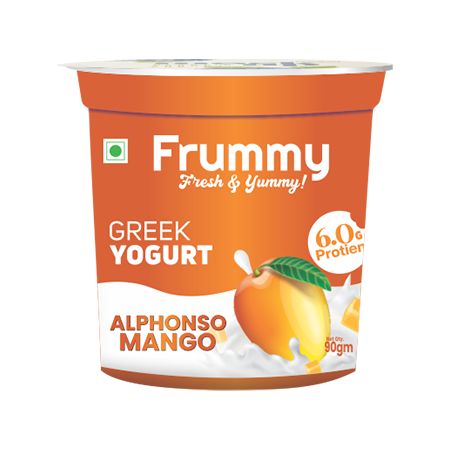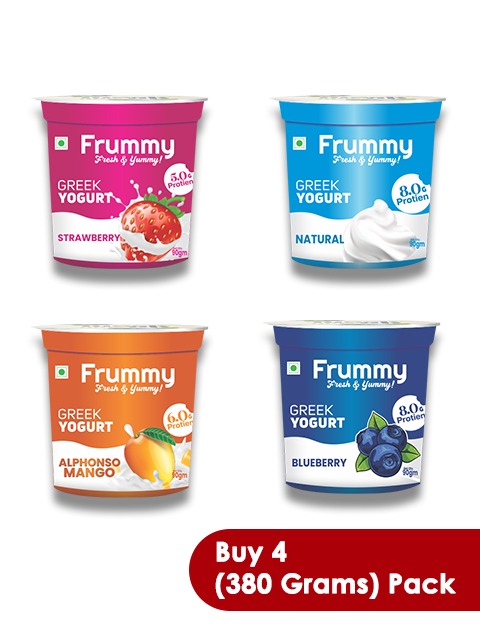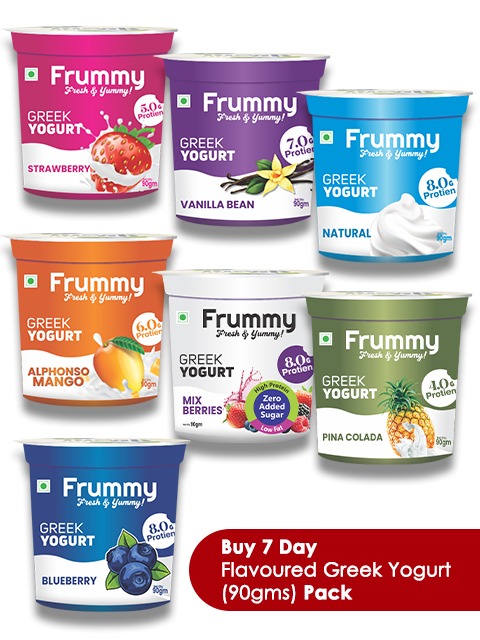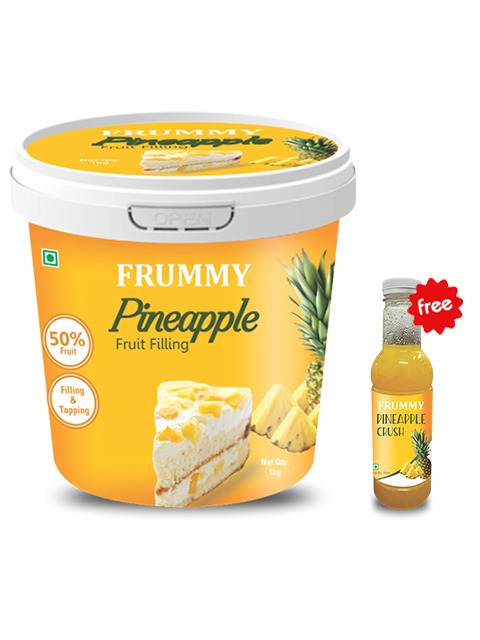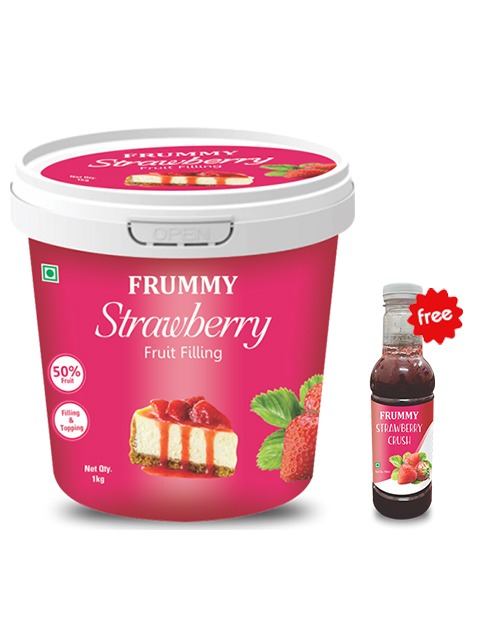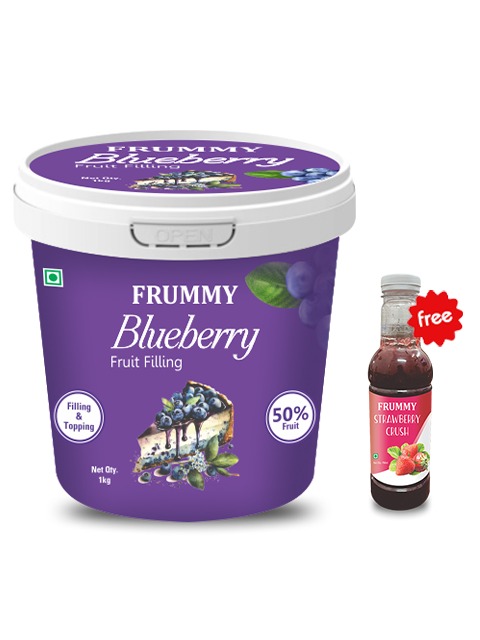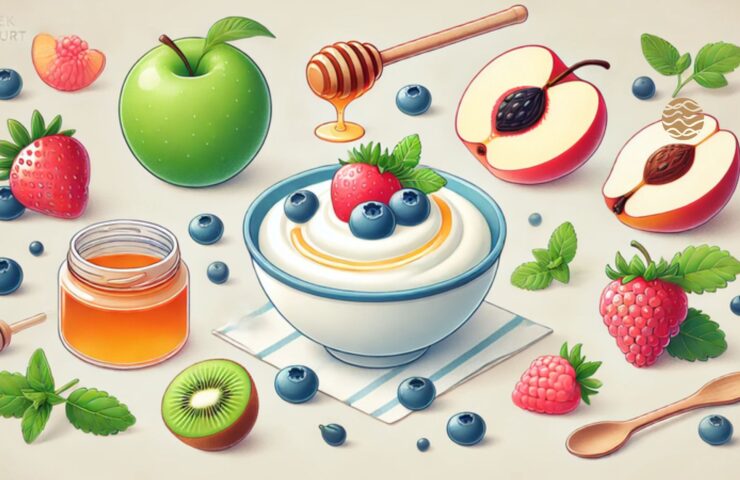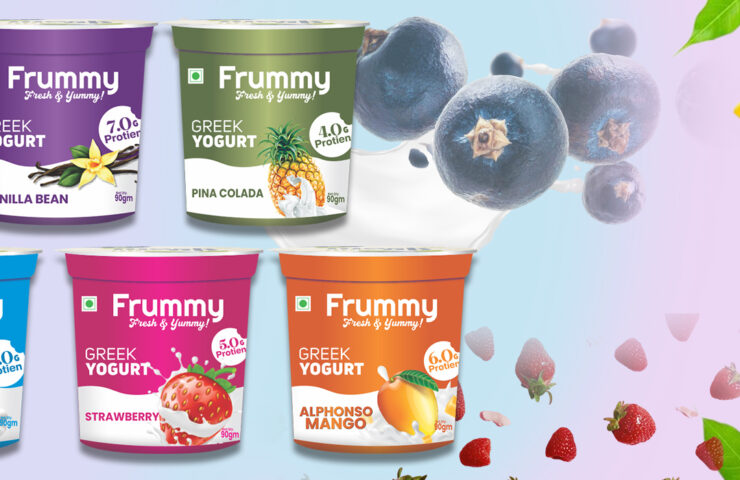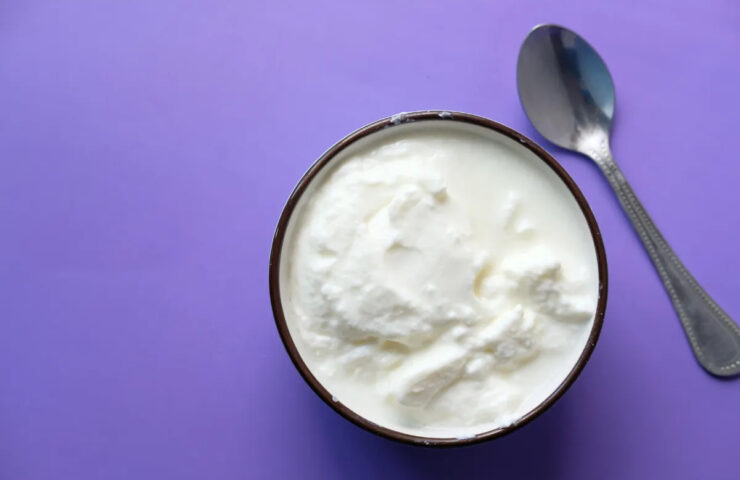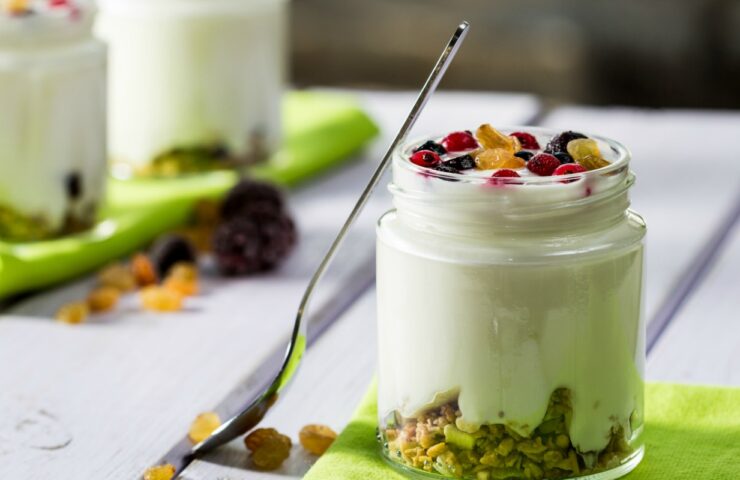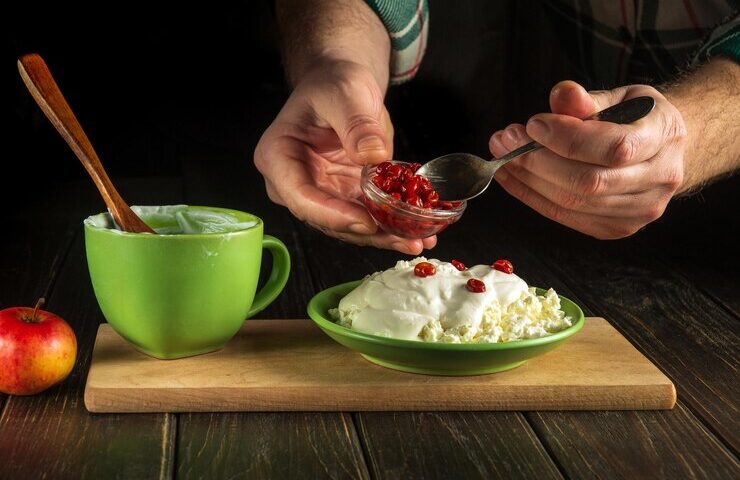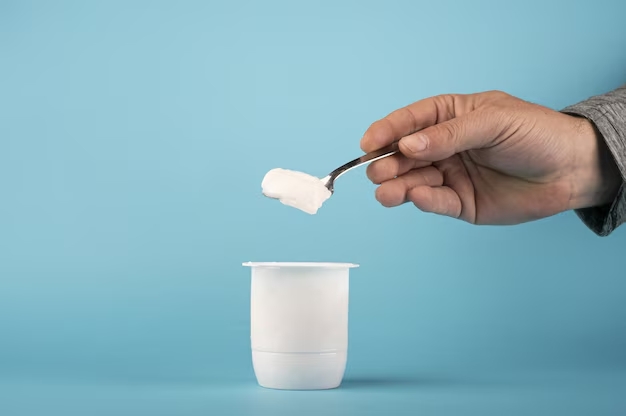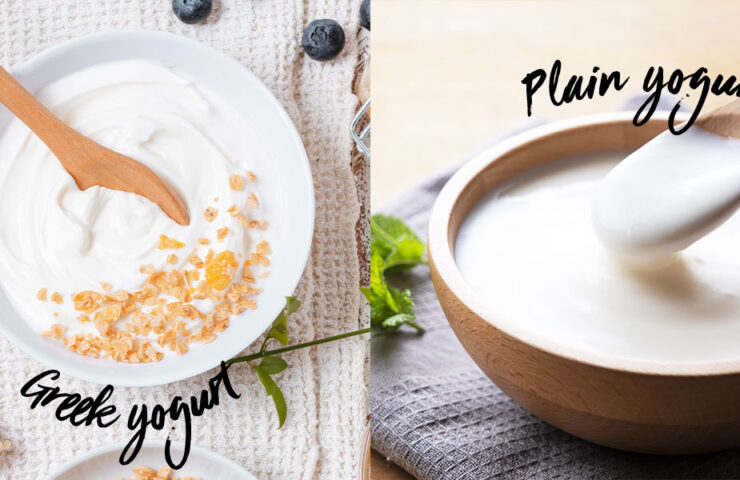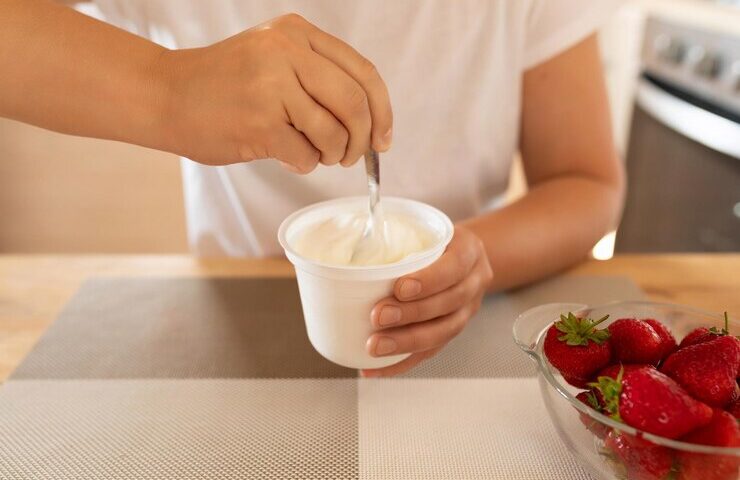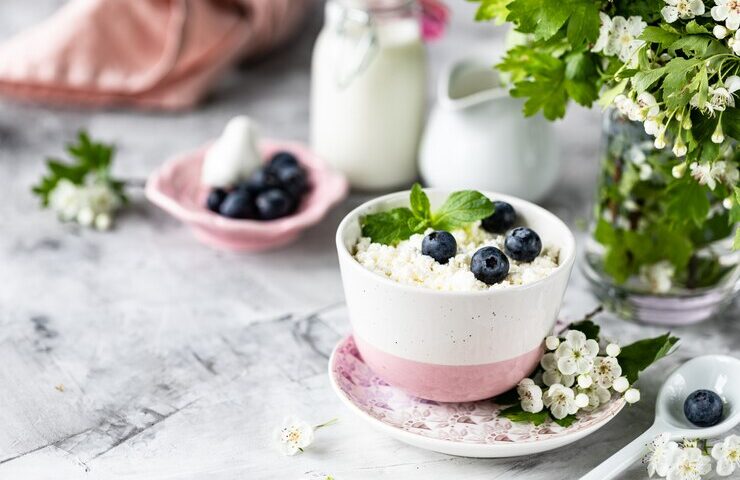Home
Zesty Lemon Honey Buzz
Zesty Lemon Honey Buzz
Blueberry Blast!
Blueberry Blast!
Fruitylicious Yogurt Fiesta!
All-time Bestsellers
This is where we drop it like it’s hot….
Oops, we mean chilled
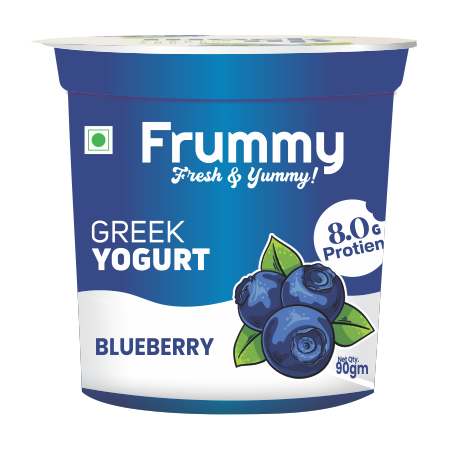
Blueberry Greek Yogurt
New Arrivals
This is where we drop it like it’s hot….
Oops, we mean chilled
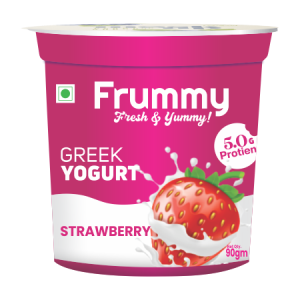
Strawberry Greek Yogurt
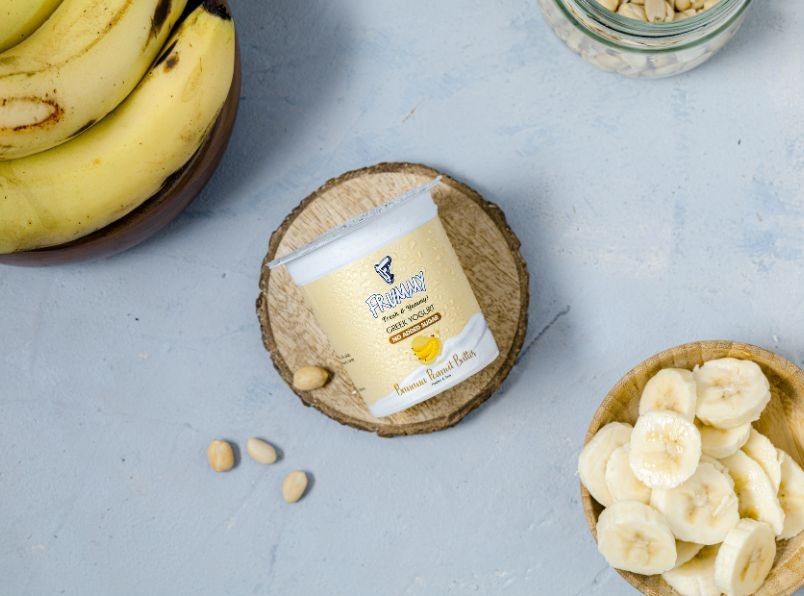
Committed to Your Well-being
Frummy Foods takes great pride in prioritizing the well-being of its valued customers. We are dedicated to catering to health-conscious individuals who are seeking nutritious and wholesome food choices.
Frummy greek yogurts are thoughtfully crafted to align with various dietary preferences and needs, making them suitable for a diverse range of customers. Whether you follow a gluten-free, vegetarian, or low-calorie diet, you can find a delightful and nourishing option within our product range.
EXCELLENTTrustindex verifies that the original source of the review is Google. Good testTrustindex verifies that the original source of the review is Google. It's too goodTrustindex verifies that the original source of the review is Google. Good tasteTrustindex verifies that the original source of the review is Google. Good experience 🥰. Bhut testy 👍Trustindex verifies that the original source of the review is Google. Very goodTrustindex verifies that the original source of the review is Google. Frummy really So much testy and healthy so much like it
Frummy Combo
Buy 4 (380 grams) pack
Buy 7 Day Flavoured Greek Yogurt (90gms) Pack
Buy 2 and Get 1 Free on Dips
Buy 1 Mango Filling and Get 1 Mango Crush Free
Buy 1 Pineapple Filling and Get 1 Pineapple Crush Free
Buy 1 Strawberry Filling and Get 1 Strawberry Crush Free
Buy 1 Blueberry filling and get 1 Strawberry crush free
Why choose Frummy?
Happy Taste Buds: Wholesome Delights!
Made with Love: Nourishing You!
Nature's Goodness: Savor the Freshness!
Our Story
At Frummy Foods, we're more than just a healthy food venture; we're on a mission to make nutritious choices enjoyable and accessible to everyone. Our founder, a young engineer with a passion for promoting healthy eating habits, embarked on this flavorful journey to redefine the way people perceive health foods.
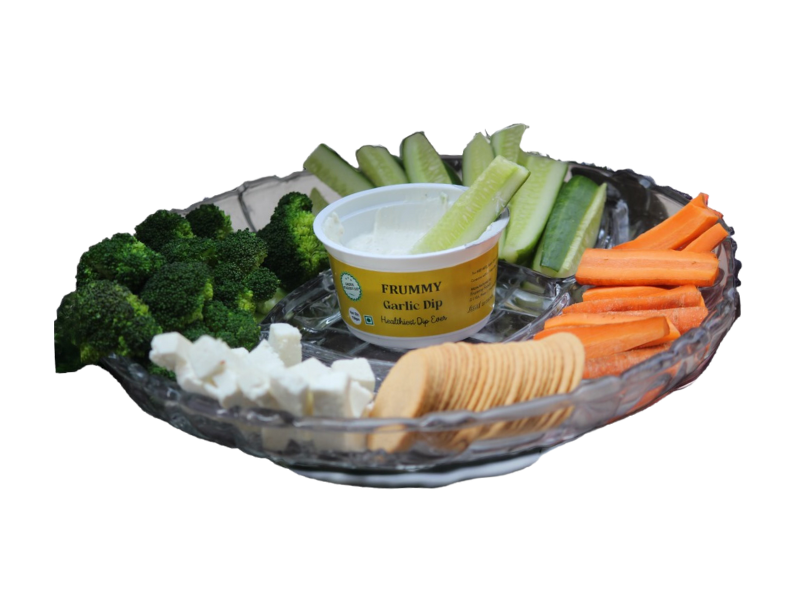
Our Latest Blog
Faq frequently asked questions)
What is Greek yogurt?
Greek yogurt is a type of yogurt that has been strained to remove most of its whey, resulting in a thicker, creamier texture compared to regular yogurt. This straining process also concentrates the protein content, making Greek yogurt high in protein.
How is Greek yogurt different from regular yogurt?
Greek yogurt is thicker and creamier due to the removal of excess liquid (whey). It has roughly twice the protein and fewer carbohydrates and sugar than regular yogurt. Additionally, Greek yogurt has a more tangy taste than the milder taste of regular yogurt.
Is Greek yogurt healthy?
Yes, Greek yogurt is generally considered healthy. It’s high in protein, calcium, probiotics, and other nutrients. However, choosing plain Greek yogurt with no added sugars or flavors is often recommended to maximize health benefits.
What are the benefits of eating Greek yogurt?
- High in Protein: Great for muscle repair and satiety.
- Rich in Probiotics: Supports digestive health.
- Calcium-Rich: Beneficial for bone health.
- Lower in Carbs: Good for people watching their sugar or carb intake.
- Versatile: Can be used in various dishes, from smoothies to sauces.
Can Greek yogurt be used in cooking?
Yes, Greek yogurt can be used as a healthy substitute for ingredients like sour cream, mayonnaise, heavy cream, and even butter in various recipes. It’s ideal for smoothies, dressings, dips, marinades, and baking.
Is Greek yogurt safe for children?
Yes, Greek yogurt can be a nutritious addition to a child’s diet due to its protein and calcium. However, it’s best to choose plain yogurt for children to avoid added sugars. Greek yogurt is not recommended for babies under one year, as they should not consume cow’s milk products.
Can I eat Greek yogurt every day?
For most people, eating Greek yogurt daily is safe and can be part of a balanced diet. However, those with dairy allergies or lactose intolerance should exercise caution or choose lactose-free options.
